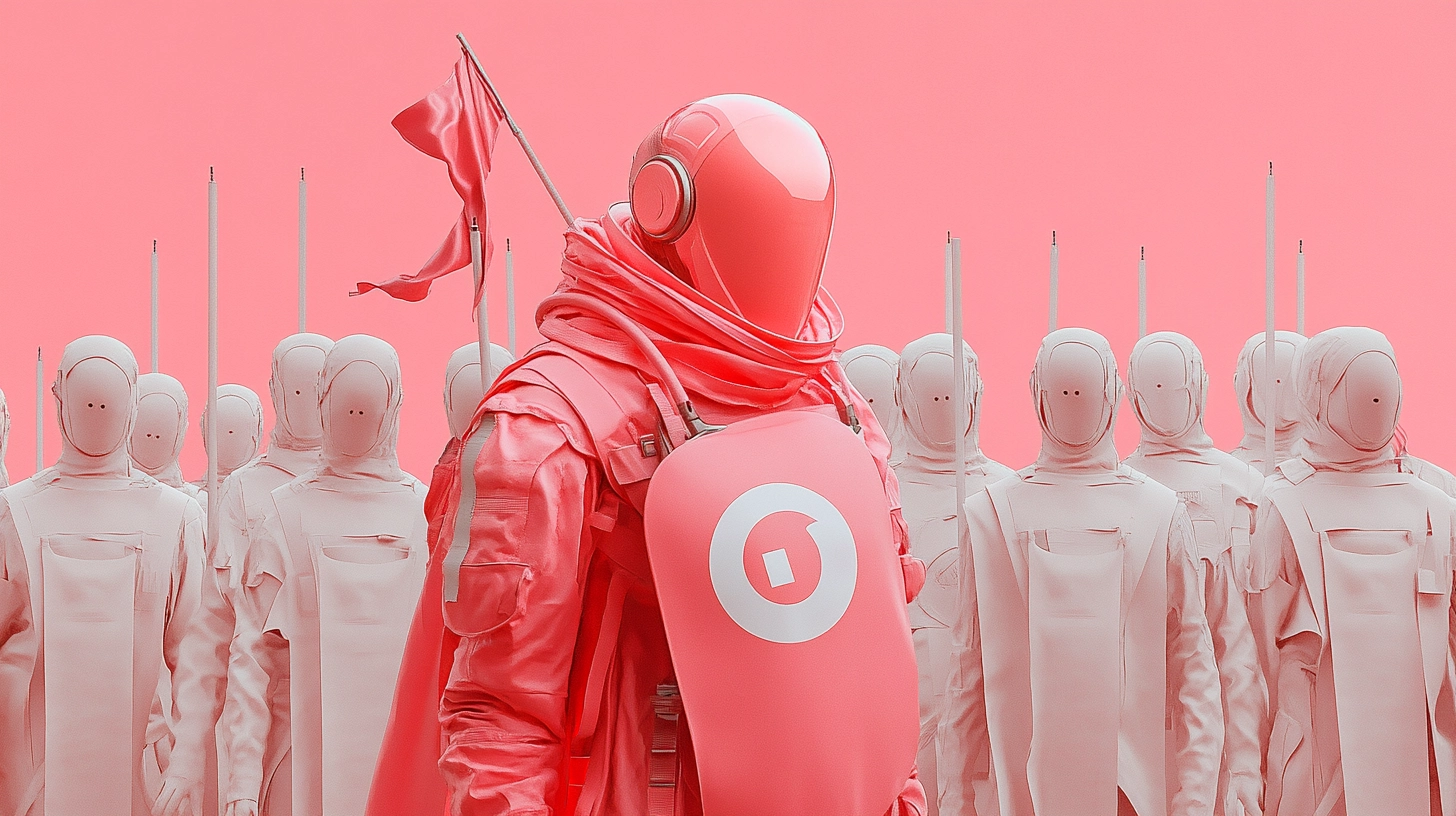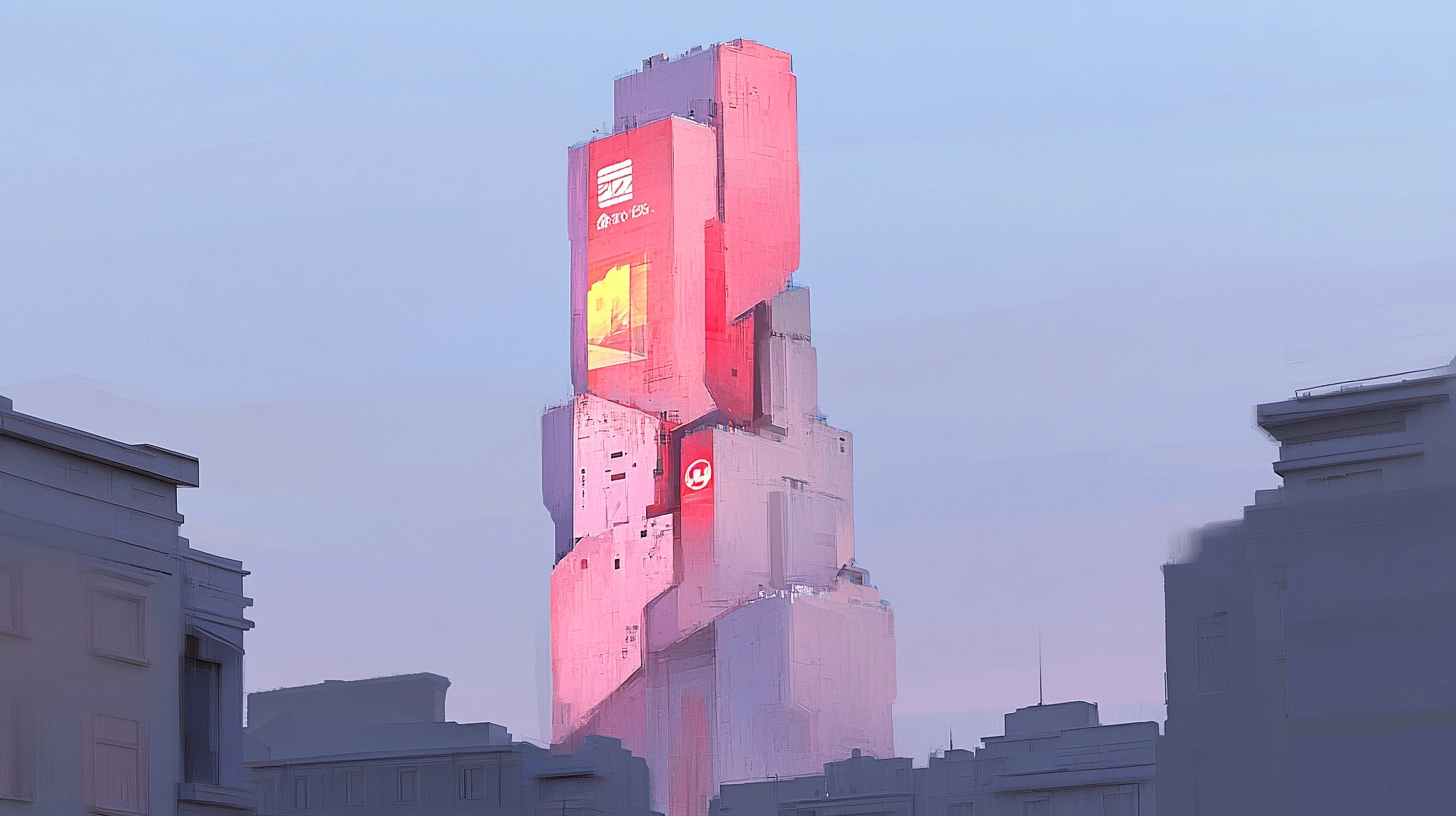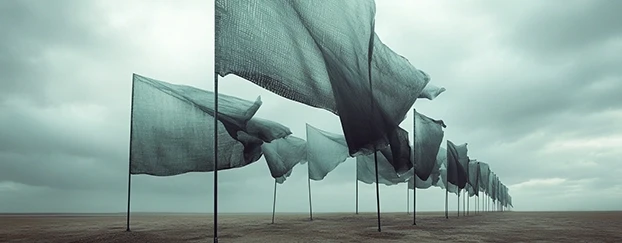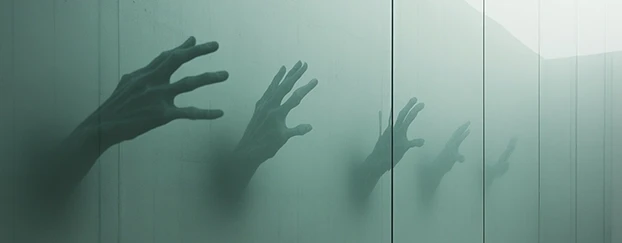
Everyone says “be unique,” then ships the same gradient and sans serif. The difference between a copycat and a cult brand isn’t louder visuals—it’s a repeatable system that turns positioning into consistent, recognizable executions. That’s where AI branding tools come in: they compress the busywork, so you spend time on message, market, and moments—not endlessly redrawing layouts. Start at home to see the latest, then build your brand kit from templates.
Pinpoint the sharp POV—then make it a system
A cult brand stands for something specific: a belief, a tension, a taste. Write it first. Then codify it in visuals you can reuse across channels: typography scale, color roles, image style, and context. With a combined library of templates + mockups in one place, you can translate that POV into consistent touchpoints in hours, not weeks. Browse templates to lock structure, and preview campaigns in context with mockups so stakeholders see the difference, not just read about it.
Try a focused search for niche assets via search, then preview a key screen in devices and tech.
Build a kit—stop designing one-offs
You’re not trying to reinvent every post. You’re building a kit that scales: headline blocks, color pairings, motion ratios, and context shots. Use customizable templates for structure, then push the edges where it matters—type contrast, rhythm, and copy voice. When the base is standardized, your variations look intentional (not random). Start your kit in headers & banners, then expand to niche sets like food & beverage if that’s your market. For a thoughtful take on avoiding trend-chasing, scan this perspective on not following the herd in design trends: read the article.
Save two “always-on” layouts from the templates hub, then line up a seasonal test using seasonal & holiday.
Reality beats flat artboards
Flat artboards lie; context tells the truth. A landing hero mocked on a laptop, a label on a bottle, a tee on a human—these scenes make your brand feel real and help you sanity-check legibility and vibe. Use devices and tech for product UIs and print materials for posters, brochures, and OOH. That “instant design preview” loop gives you faster feedback—and better decisions.
Pull a broader scene set from the mockups hub, then validate packaging details in packaging.
Design that lives off-screen
Cult brands get worn and photographed. Translate your visuals into touchable items early: apparel, packaging, stationery. Preview fast in apparel, packaging, and office and stationary to validate that your type, color, and marks hold up off-screen. If your logo dies on a hoodie, the system wasn’t strong—it was merely trendy.
Render your launch poster in print materials and keep a master scene list in the mockups hub.
Speed is taste insurance
Most “samey” brands happen because teams run out of time and grab whatever’s handy. AI branding tools protect taste by removing drudge work—resizing, reformatting, rebuilding layouts—so you focus on the hard parts: story, sequence, and standards. Keep your best patterns handy, and let high-resolution, premium mockups sell the idea early to cut revision loops. If you’re testing seasonal angles, pull quick variants from seasonal & holiday without breaking your core system.
Draft the base in the templates hub, then preview UI touchpoints inside devices and tech.
The 45-minute brand sprint
Try this calm, repeatable loop for every campaign:
- Clarify the edge — one sentence that only your brand could say.
- Draft with templates — pick two ready-to-use layouts in templates and drop in real copy.
- Preview in mockups — render UI in devices and tech and print in print materials.
- Tighten & ship — choose the clearest version, not the fanciest.
- Document — save as a kit so the next launch takes half the time.
Want to test without commitment? Start with free and run one end-to-end sprint before you formalize your kit.
Source niche assets via search, then sanity-check wearability in apparel.
Recognizable at a glance (or it doesn’t count)
A cult brand is recognizable at thumbnail size and in grayscale. Sanity checks: Does your headline pattern read at a glance? Are your colors doing jobs (not vibes)? Can a stranger spot your post in a scroll? If yes, you’ve moved past “copycat.” When you’re ready to scale the system across markets or teams, compare options at pricing and standardize the kit. And if you need a reminder of what you’re up against, this breakdown on copycat logos is a sharp reality check: standing out in a culture of copycat logos.
For fresh angles, jump into search and pull timed campaigns from seasonal & holiday.
Consistency Is the New Flex
Standing out isn’t about inventing a new aesthetic every quarter. It’s about choosing a sharp edge and making it obvious everywhere—from banners and feeds to sleeves and boxes. Use AI branding tools to keep your attention on the decisions that matter, and let the system carry the rest. Grab one file from free, render it in context, and ask a stranger: “Would you recognize this as us?” If the answer is yes, you’re on the cult path.





